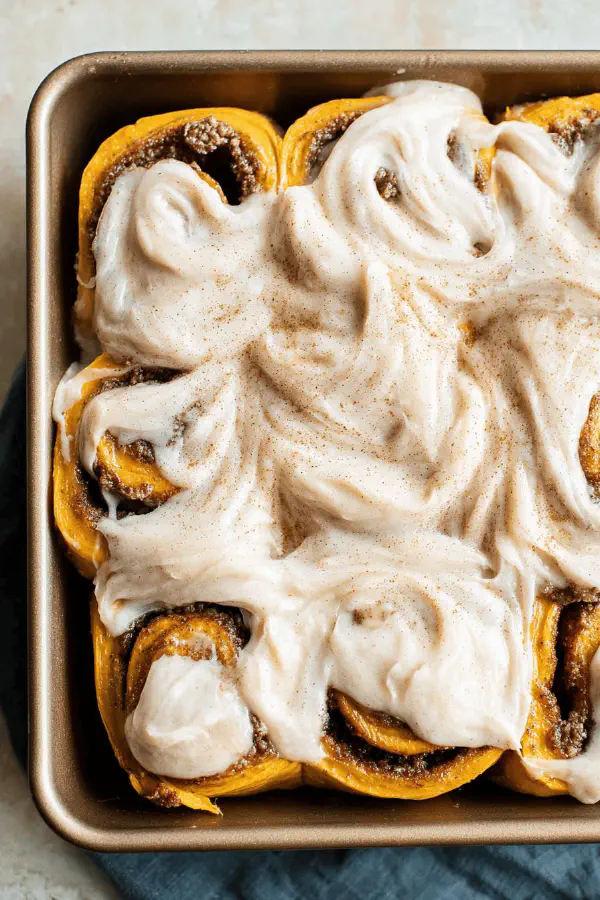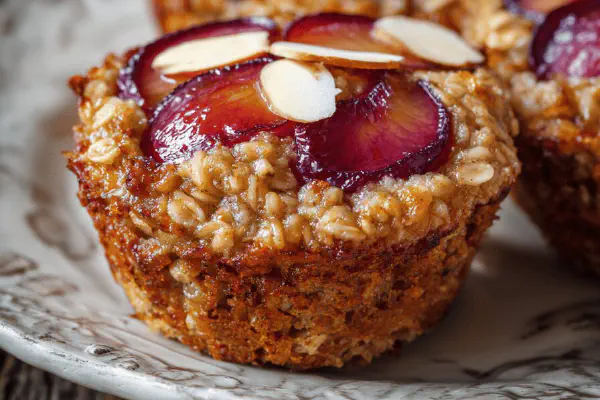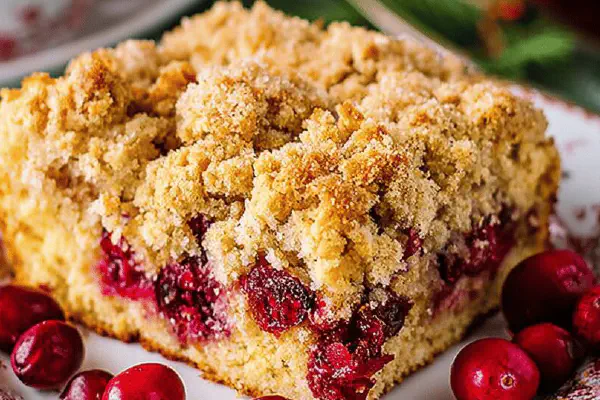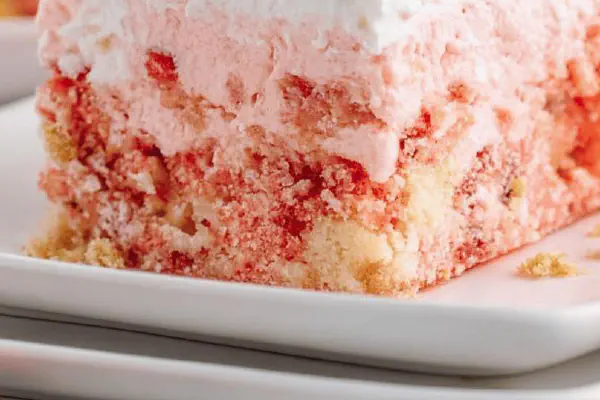Featured Recipe
Pumpkin Cinnamon Rolls Remix

By Kate
"
Yeast dough enriched with pumpkin puree and brown sugar, layered with spiced filling. Brown butter cream cheese frosting cools, melts over warm rolls. Rise times flexible but watch dough double in size. Heavy cream brushed before baking keeps rolls moist while baking to 190°F internal temp. Substituted honey for white sugar, and coconut oil instead of butter for dairy twist. Careful with milk temp to preserve yeast life. Sticky but tacky dough signals readiness; avoid over-kneading. Floss slicing keeps rolls intact, parchment-lined pan helps catch spills. Brown butter sets firm in fridge before frosting. Bake until tops are golden, smell sweet cinnamon filling, cool slightly, then frost immediately.
"
Prep:
Cook:
25 min
Total:
Serves:
12 servings
pumpkin
cinnamon rolls
baking
autumn
dessert
Introduction
Sticky dough, yeasty aroma filling the air. Pumpkin enriching every fold, sweetness not just from sugar but honey hum. Coconut oil in place of butter keeps it light but rich. Brown butter frosting—a nutty, creamy punch. Timing on rises varies with heat in kitchen. Watch dough double, not triple or you’ll risk overproofing and collapse. Slicing with floss ensures neater rolls, no squashed edges. Warm cream brush before baking helps soft crumb inside with a slight crust on top. Brown sugar filling spiced with cinnamon and nutmeg is simple but hits those autumnal notes hard. This isn’t a quick bake – patience rewards in textures and layers. Turns out tender, pull-apart rolls bursting with flavor and that special aroma that makes you come back for another. Old school techniques but dialing in flavors with a few subtle swaps to keep things interesting. Don’t rush after baking; cake-like softness comes after cooling and frosting meld.
Ingredients
About the ingredients
Milk temp critical for yeast upkeep. Swap any whole milk for oat or almond milk warmed to similar temp, but beware yeast activity may slow slightly. Coconut oil replaces butter in dough — adds subtle sweetness and dairy-free option. Brown sugar in filling can be half demerara for crunch contrast or add finely chopped nuts for texture. Honey softens dough, replaces some white sugar; if unavailable use light maple syrup instead. Brown butter: careful watch on heat; pointer: swirl pan constantly and remove from heat when bubbles subside but solids darken. Refrigerate brown butter so spread soft but not liquid—helps frosting hold shape on rolls. Flour choice matters — bread flour gives chew, all-purpose will work but rolls turn softer, possibly squishier. Heavy cream tosses in moisture and richness before baking; skim milk won’t do. For frosting, cream cheese must be softened to avoid lumps, else warm briefly in microwave but don’t melt. Parchment-lined pan highly recommended if you’re lazy about cleanup or filling is runny.
Method
Technique Tips
Milk and oil—mixed at proper temp keeps yeast alive. Too hot? Yeast dies, no rise. Mixing flour slowly incorporates slowly avoids dense lumps. Kneading forms gluten network; tacky, not sticky, is the magic touch. Oil your bowl well — dough sticks less and forms smooth skin during rising. Watch rise in warm, draft-free place; off by a few minutes? Dough can overflow or fail to rise properly. Brown butter for frosting is delicate process — if smoking turn heat down immediately or start again, no bitterness allowed. Flour your surface light – dough is sticky, but too much flour ruins roll texture. Floss slicing saves fingers from squashed, pulling rolls. Rest rolls for second rise in the pan until puffy — under proof means tight crumb, over rises collapse. Brush cream on just before oven — steam from cream helps crumb soften. Bake until top is light golden and internal temp 190°F to confirm doneness without overbaking dry crumb. Cool but not cold before frosting; warm rolls cause frosting to melt excessively, cold leads to lumps when spreading. Beat frosting vigorously to airy creaminess—don’t skimp on mixing here. Serve warm, room temp leftovers store well covered and can be reheated gently to revive.
Chef's Notes
- 💡 Watch milk temp closely. 100°F to 110°F works best to keep yeast happy. Too hot? Kills it quick. Use a thermometer for accuracy.
- 💡 Dough should be tacky not sticky. Knead until silky but add flour cautiously. A little at a time. Don't overdo it—avoid dense rolls.
- 💡 Rising time varies. Warm kitchen? Faster rise. Cold spot? Slow. Watch the dough, not the clock. Should double not triple. Pay attention.
- 💡 Floss slicing is a chef's friend. Neat cuts keep rolls intact. Sharp knife can squish—don't squish. Use unwaxed floss—no mess.
- 💡 Brown butter for frosting needs watchful eye. Swirl constantly; aroma tells you when ready. Cool before frosting—warm frosting runs.
Kitchen Wisdom
What if yeast doesn't rise?
Check milk temp, room temp. Too cold? Yeast sleeps. Too hot? Yeast dies. Try again with fresh yeast.
Can I use a different milk?
Yes! Oat or almond work but temp is key; same 100°F. Just know yeast activity might slow.
How to store leftovers?
Wrap tightly to keep soft. Chill in fridge. Reheat gently—microwave a bit, or toast for a fresh bite.
What if dough is too sticky?
Add flour bit by bit. Don't panic. Little by little until you're back to that tacky feel.



